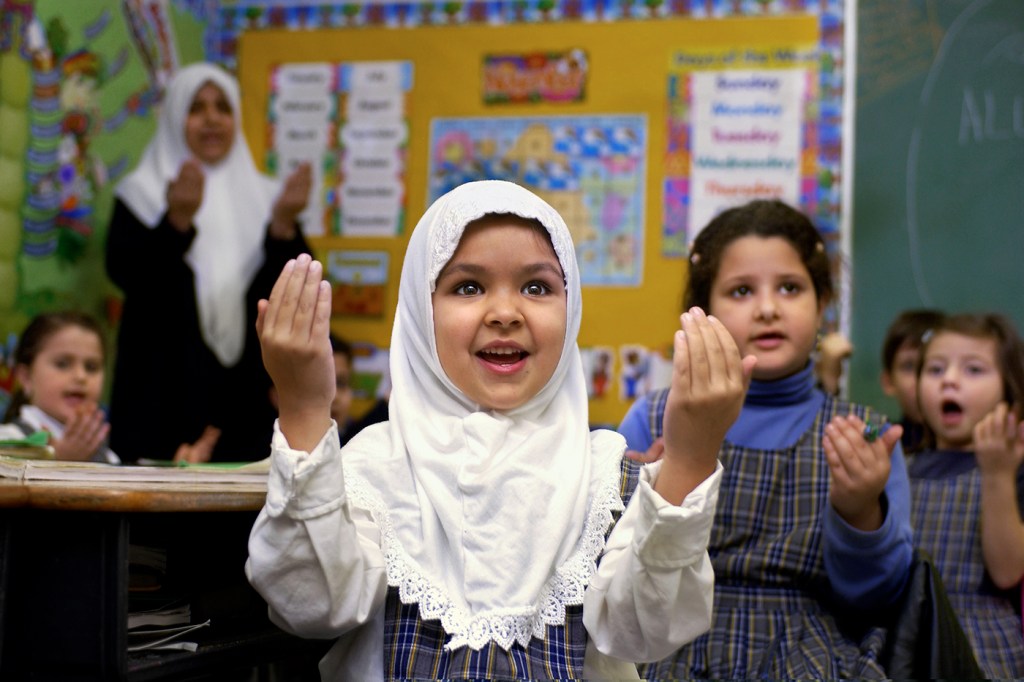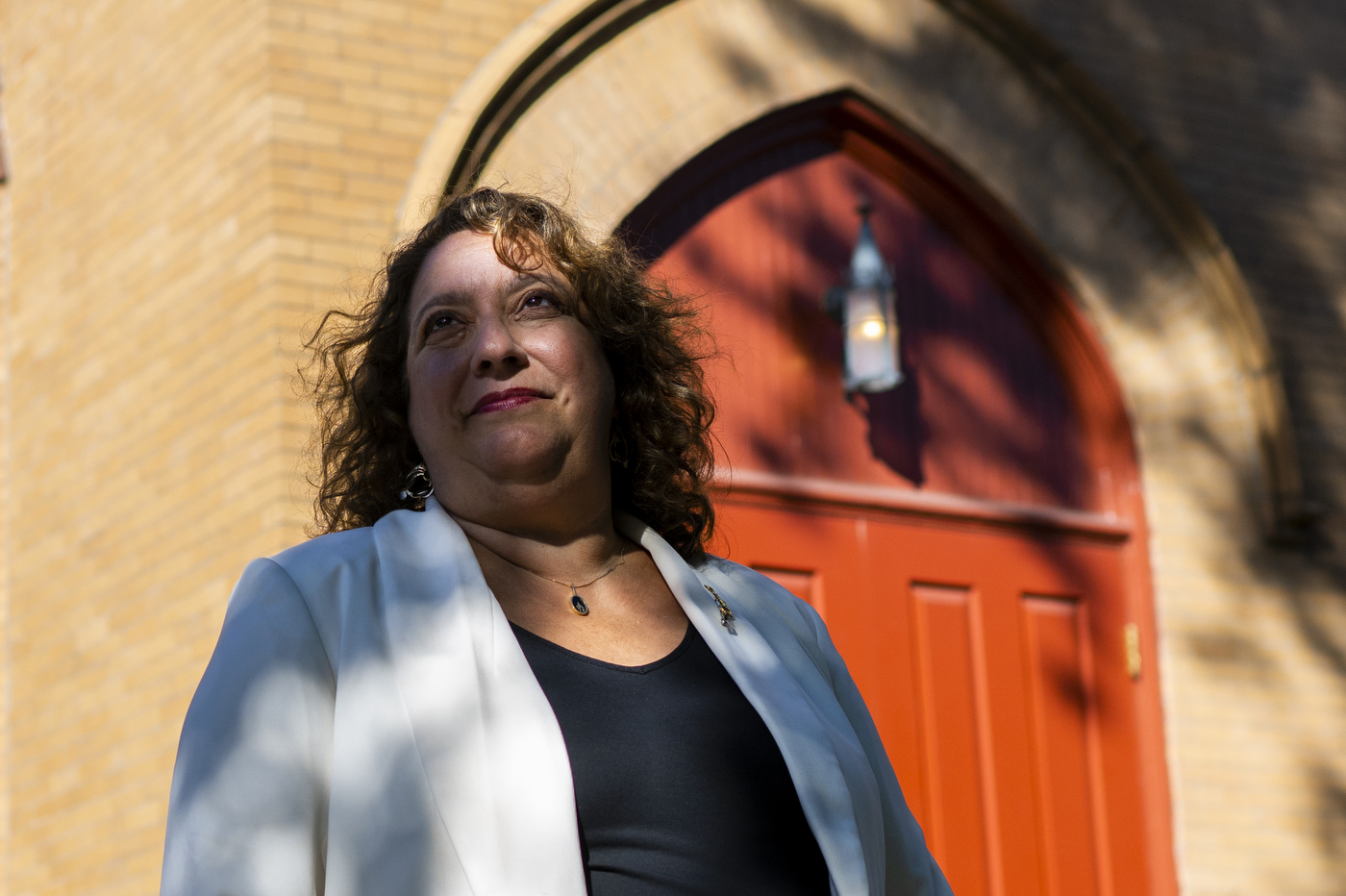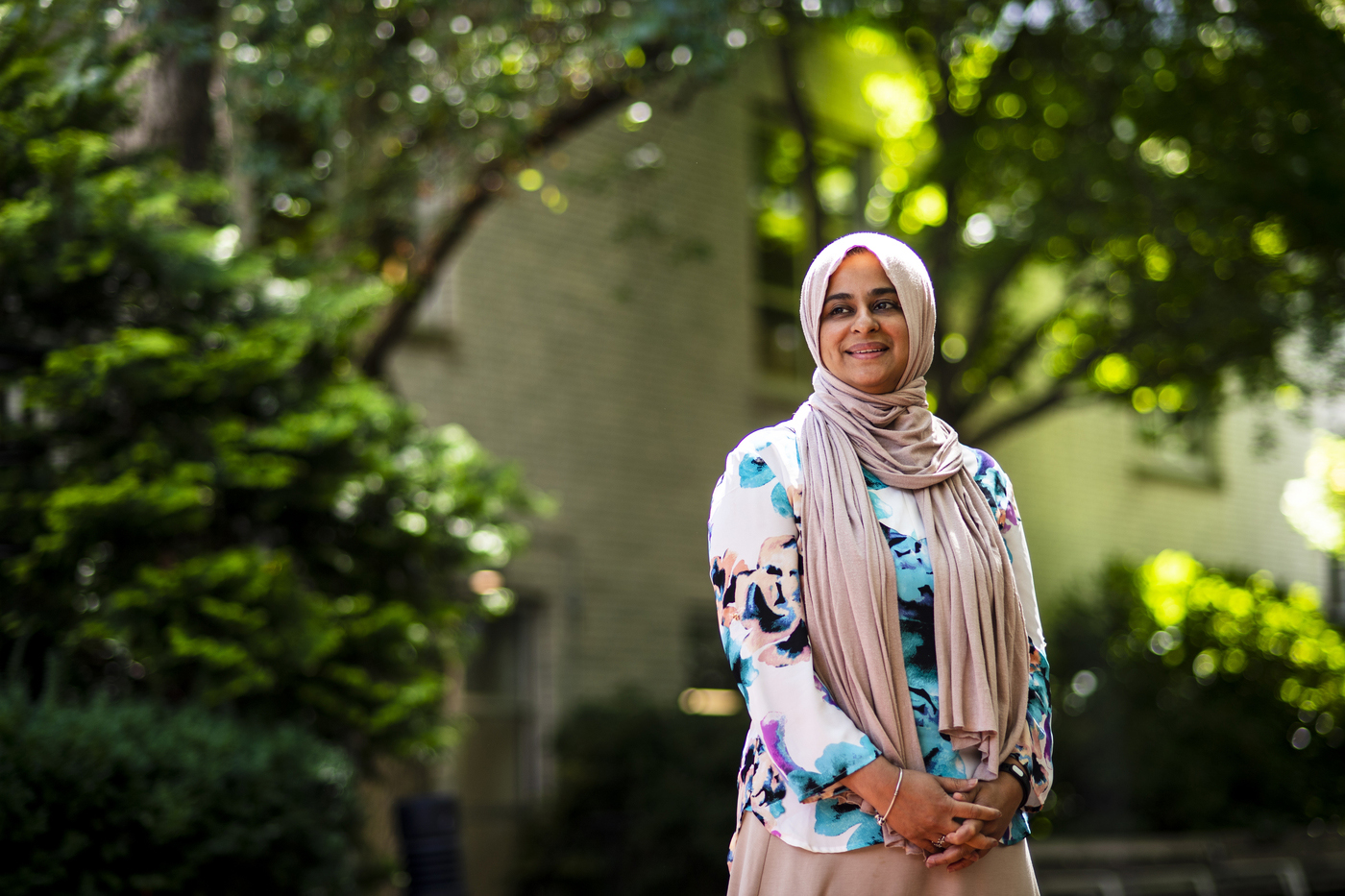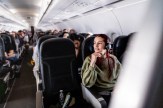What should freedom of religion look like in public schools after Supreme Court decision?

The Supreme Court’s decision in Kennedy v. Bremerton School District reignited the conversation about religion’s place in public schools.
While many fear that the ruling undermines traditional separation of church and state in public education, Northeastern experts agree that K-12 schools need to do better in recognizing and honoring the identities of students who belong to religious minorities.
As students in the southern parts of the United States are starting to return to classrooms for a new school year, some Jewish parents and educators are expressing growing concerns that their children will experience increased pressures from teachers to engage in Christian prayer and celebrate Christian holidays after the Supreme Court decision, says Karen Reiss Medwed, teaching professor at the Northeastern’s Graduate School of Education, senior assistant dean of Faculty Affairs and Network Engagement in the College of Professional Studies and special advisor to the dean at CPS for diversity, equity and inclusion.
On June 27, six of nine Supreme Court justices agreed that Joseph Kennedy, a former high school football coach in Bremerton, Washington, was protected by the First Amendment when he repeatedly prayed in public on the 50-yard line after his team’s games, and that the school district was wrong to discipline him after he refused to end the practice.

“While there have always been tensions between the separation of church and state and some public school practices in the U.S., often regarded as the Christmas Dilemma, this year feels particularly vulnerable for many families as the Supreme Court decision is being celebrated in some parts of the country as permission to celebrate and engage in public Christian prayer and practices,” Medwed says.
Jewish parents fear their children will experience more antisemitism and other forms of anti-Christian microaggressions, Medwed says, which negatively impact students, who need to feel safe and supported in order to thrive in school.
Seven out of 10 Americans identify as Christian. When Christianity is slowly being practiced by teachers or in the school districts in places that it might have not been practiced in the past, it makes it harder to see the separation of church and state, Medwed says.
Noor Ali, assistant teaching professor in Northeastern’s Graduate School of Education, concentration lead in transformative school leadership and the principal of a private, not-for-profit Muslim school, Al-Hamra Academy, in Shrewsbury, Massachusetts, says she saw the Supreme Court’s decision as a selective permission for Christian teachers and students to practice their faith in schools as well. Ali believes that the decision did not take into account the pressure that is being put on people of other faiths or those who don’t practice religion and their feelings.
“What it has done is it has furthered the gap between those people who have privilege and those who don’t,” Ali says. “It would not have been okay if it was a player kneeling down protesting against Black oppression. It would not have been okay if it was a Muslim player, who went into a prayer after he scored a goal.”
The religious symbolism that is OK is one that is normalized by mainstream, Ali says, while Muslim American students across the country have to make very mindful decisions about religious requirements like covering their heads.

Both Ali and Medwed agree that there is a place for faith in schools that needs to better respect the religious practices of other denominations besides Christianity.
“Our students are meant to be able to express their religious beliefs and be supported in their individual practices so that everyone could benefit from an egalitarian free education,” Medwed says.
“We tried to separate religious anything and keep it sterile in an education system,” Ali says. “It is almost performative of religious blindness, just like colorblindness was.”
Such approach discounts the lived experience of various students in many ways and doesn’t account for their religious needs, Ali says, from food choices available at cafeterias to different demographic groups to which holidays are acknowledged and celebrated at a school.
“What do you do with religion that is an integral part of you? You have to essentially work very hard in keeping it out,” Ali says. “Always seeing yourself as the exception to the rule is hard work when you are five, six or seven years old.”
Ali believes that instead of being religion-blind, schools should strive to recognize and understand different religions, honor and celebrate them.
All children should experience the freedom to practice their religion and feel empowered to do so, Medwed says. Her concern around the Supreme Court’s decision is about students second-guessing their own religious identity. Medwed hopes that they can find the resilience to speak up when a teacher at their school asks them to do something that makes them feel religiously put upon, whether it is because it goes against their religion or because it makes them feel invisible in their religious identity, Medwed says.
Jewish students often have issues with wearing kippah/yamaka in secular schools, Medwed says, or with refusing to participate in a Christmas choir, and adults in positions of power might make children feel isolated socially or academically for expressing their personal beliefs.
“Which, supposedly, constitutionally each of those students has the right to, and not accepting an invitation to participate in religious activity that does not align with your religious beliefs,” Medwed says.
Some communities prefer to keep their children in community centered affinity schools versus public schools, Ali says.
“There are marginalized communities that are trying to create safe spaces for their children, where their children can learn about their identity and be also themselves without having to explain themselves all the time that they would have to do in schools that are predominantly white,” Ali says.
“In my situation, our population is not just minoritized and historically underrepresented. Our population is demonized,” Ali says. “Our children carry the burden of 9/11, even though they are born a decade plus after it, so to be in a public school setting can sometimes be very difficult.”
Ali, who has done research on American schooling and Muslim American students’ experience in public and non-public schools, says she sees the same patterns emerge over and over again with students pretending that they are not hungry for 30 days over the month of Ramadan or trying to figure out which teacher looks friendly enough to ask about their prayer.
She believes that the solution to making every student feel welcomed and seen is through conversation. Public schools need to recognize that there are other students in the classrooms who need accommodations for their religious needs.
“In the educational context, we are all working in classrooms to do the best by our students. What additional work do we need to do so that we can recognize, support and cultivate freedom of religion not just for the religious majority, but also for the religious minorities amongst us?” Ali says.
Educational researchers like them, Medwed says, can offer expertise and provide training and insights for the K-12 leadership seeking to put in place safeguards that will communicate to the students that their freedoms are at the center of the student experience in schools.
For media inquiries, please contact media@northeastern.edu.






